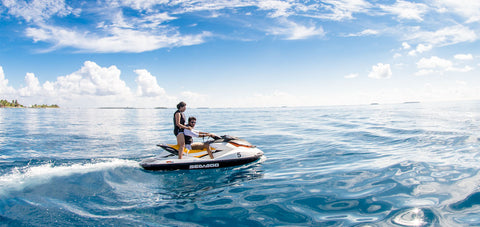Balancing Proven Tradition with Cutting-Edge Performance

When choosing an anchor, it’s not a question of “traditional vs. modern”, despite our eye-catching article image *wink*, but "what combination of reliability, cost and performance best suits your specific needs?" Here’s a side-by-side look at why time-tested anchors remain indispensable even as shiny new designs continue to enter the market.
1. Traditional Anchors: Why They Still Matter
-
Proven Track Record
- Plow (CQR), Claw (Bruce), Wing (Delta) and Fluke (Danforth) have held vessels fast for decades.
- Known handling characteristics: you learn their quirks and can troubleshoot instantly. Plus, volumes of informative documents, anecdotes, and videos exist online.
-
Cost-Effectiveness
- A budget-minded cruiser can pick up a quality Danforth or Bruce for a few hundred dollars.
- Lower price means you can afford a spare or kedge anchor without breaking the bank.
-
Simplicity & Availability
- Easy to source replacements worldwide.
- No exotic materials or complex assembly—ideal for remote cruising grounds.
2. Modern Anchors: What You Pay Extra For
-
Faster, Deeper Sets
- Roll bars (Rocna) orient the anchor instantly, cutting set time in half.
- Concave flukes scoop into mud or sand, delivering exceptional bite.
-
Advanced Materials & Weight Savings
- High-tensile steel or aluminum alloys give more strength per pound.
- A 20 kg modern anchor can outperform a 30 kg galvanized traditional equivalent—but at higher cost.
-
Modular, Space-Saving Designs
- Tool-free break-down (Ankerplex) for locker-cramped boats.
- Removable components let you stow a high-performance kedge without hogging space.
3. Trade-Offs at a Glance
| Feature | Traditional Anchors | Modern Anchors |
|---|---|---|
| Initial Cost | Low–Moderate | Moderate–High |
| Holding Power | Good | Excellent (especially in challenging bottoms) |
| Weight for Strength | Heavier | Lighter with equal or better strength |
| Maintenance & Repairs | Simple | Sometimes specialist (e.g., alloy welding) |
| Availability Worldwide | Ubiquitous | Growing network, but niche in remote ports |
| Locker Space Impact | Bulky one-piece | Foldable/modular options |
4. Signature Models: Innovation and Tradition
Modern
- Rocna: Pioneered roll-bar anchors with a concave fluke, setting almost instantly in mud and sand.
- Anchorlift: Machined from 316L stainless plates—solid plow and claw variants with beefy fluke wings for coral and rock.
- SARCA: Hoop roll-bar plus tangle-resistant shank; excels in mixed sand/rock bottoms.
- Ankerplex: Flat-pack Spanish design; bolts together without tools for a high-performance spare.
Traditional
- Danforth (Fluke): Lightweight, easy to stow, and highly effective in soft mud.
- Bruce (Claw): Romance of the rugged claw; performs reliably across a range of seabeds.
5. Making Your Decision: Four Key Questions
-
What’s your budget?
If you anchor occasionally, a well-sized Danforth or Wing delivers reliability at minimal cost. -
Where do you anchor?
Soft mud, weed or hard sand? Traditional shapes handle some bottoms well, but cobble and weed often call for a modern concave fluke. -
How big is your boat (and windage)?
High-windage catamarans or sailboats venturing offshore benefit from the faster set and higher holding power of a modern design, though a traditional bluewater anchor such as the heavy CQR will also suit. -
How much locker space can you spare?
If your forward space is tight, a flat-pack or disassemblable anchor can be a game-changer—albeit at a premium.
Beyond the Anchor: Extra Tips You Didn’t Ask For
- Snubber & Rode Choices: A stretchy nylon snubber absorbs shock loads—vital with any anchor.
- Chafe Protection: Invest in chain-to-rope splices and heavy-duty chafe guards at the bow roller.
- Anchor Alarms & Monitoring: Combine a reliable anchor with a digital anchor alarm on your chartplotter for peace of mind.
- Practice Makes Perfect: No anchor outperforms a skipper who knows how to scope, set and retrieve methodically.
- Environmental Considerations: In seagrass beds or coral areas, anchor away from reefs; use sandy areas instead. You'll save the sealife and are more likely to get your anchor back.
Wherever you power or sail, leverage tradition’s dependability with modernity’s enhancements to your advantage. That’s how you anchor confidently—without emptying your wallet.
Published
Recent Posts
Windlass Problems? Common Issues and How to Fix Them
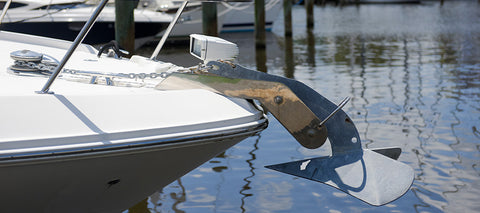
Let's look at common issues with windlasses and how to address them:
1) Windlass Won’t Run in Either Direction
2) Solenoid Clicks, but Windlass Won’t Move
3) Windlass Lacks Power to Haul the Anchor
4) Rode Gets Jammed or Doesn’t Come In
Our history: a 20 year journey
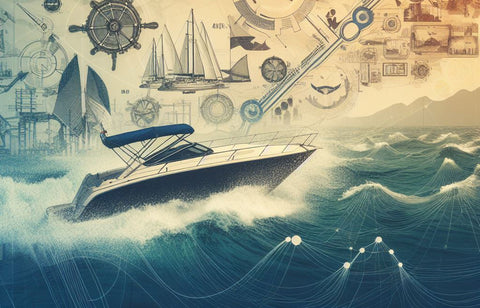
Boat Cleaning Tips for Anglers: Keeping Your Vessel Spotless and Pristine
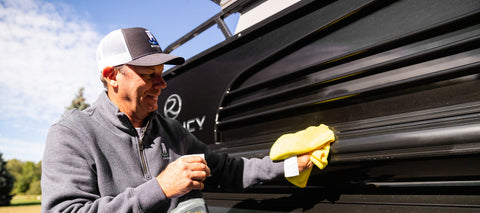
Avast, Ye Mariners! Master the Art of Docking: A Swashbuckling Guide for Boaters
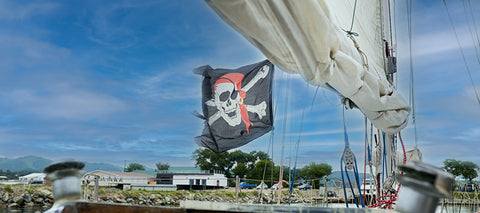
Top Reasons to Keep a Boating Maintenance Log
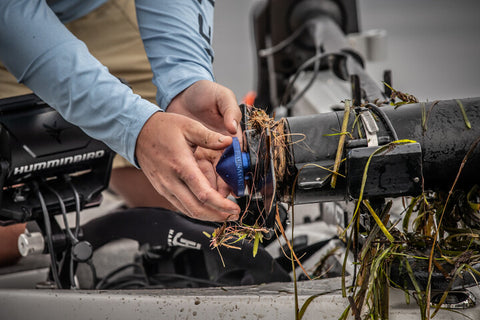
4 Top Tips for Buying a New-to-you Used Boat
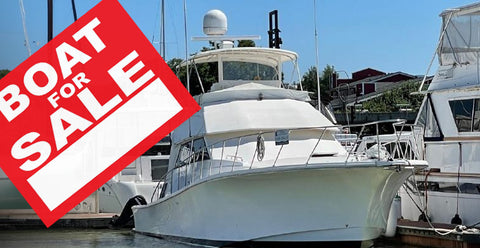
Bent Boat Anchor Shank: Common Causes and Prevention Tips
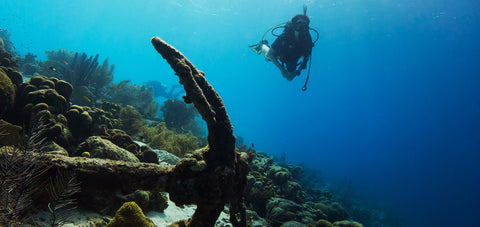
Prepare Your Boat For An Above Average Hurricane Season
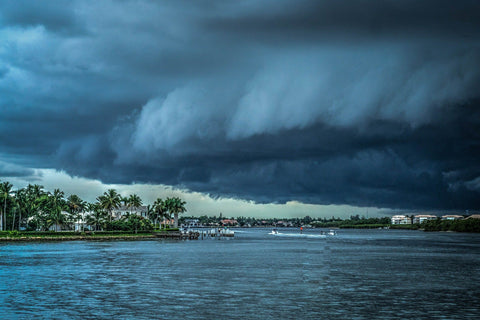
Best Methods For Anchoring Your Jet Ski in Deep or Shallow Water
